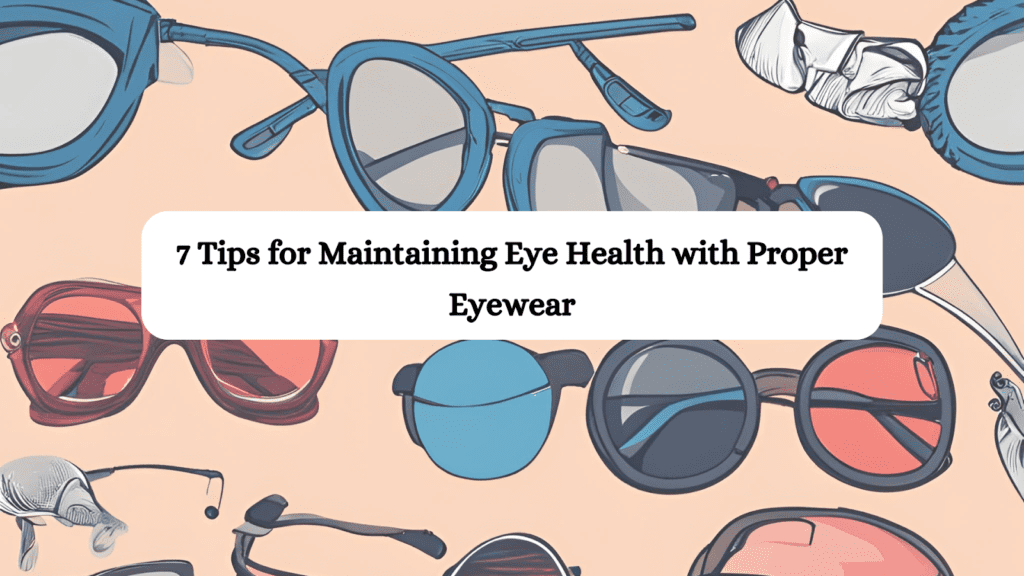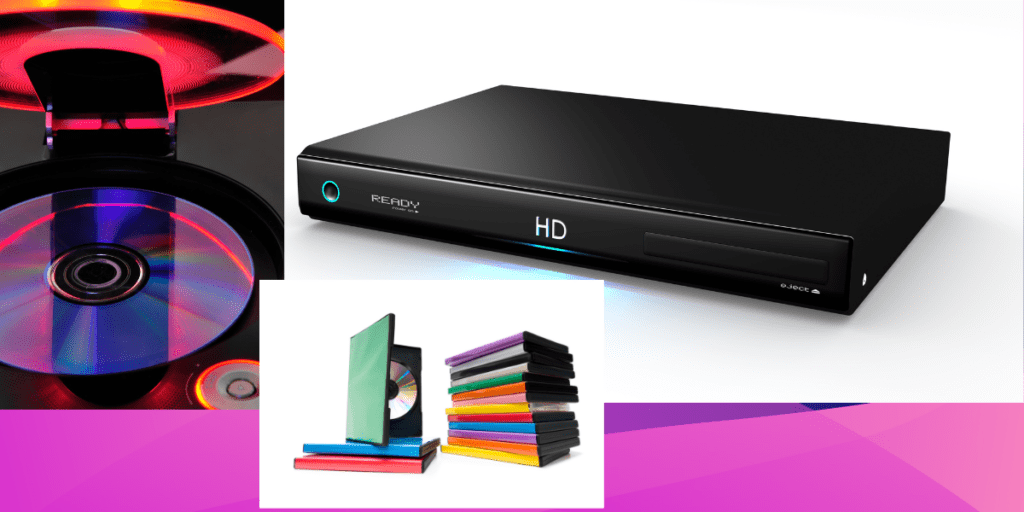Your eyes work hard every day, and protecting them is essential. With more screen time and environmental challenges, choosing the right eyewear is key to maintaining eye health. With the global revenue in the eyewear market forecast to continuously increase between 2024 and 2029, it’s clear that more people are recognizing the value of investing in quality eyewear.
Source: Statista
In this blog, we’ll explore practical tips for selecting and using eyewear to keep your vision clear and comfortable. These insights will help you make informed choices for healthier eyes.
1. Choose the Right Lens Material and Protection
When selecting eyewear, prioritize the lens material and protective features. Polycarbonate lenses are impact resistant and designed for active wear, while high index lenses are thinner and lighter, meant for strong prescriptions. Wear lenses that protect your eyes from the sun’s ultraviolet rays and shield the eyes from certain conditions.
Consider blue light-filtering lenses that will help reduce the eye strain one usually feels after long screen time. By considering these factors, you ensure that your eyewear offers the best clarity, protection, and comfort.
2. Tailor Your Eyewear to Specific Needs
Specialized eyewear solutions can help make the best of comfort and performance for a variety of activities and conditions, ranging from multifocal lenses-including bifocals, trifocals, and progressives-that help treat presbyopia to impact-resistant eyewear that fits securely with a non-slip feature in managing sports-related physical activities.
When it comes to outdoor activities, prescription sunglasses polarized lenses offer the perfect combination of vision correction and sun protection by reducing glare from shiny surfaces for clarity of vision and comfort during driving or going to the beach. When you switch to new eyewear, take 1-2 weeks to adapt to the multifocal lenses; practice focusing on different distances, and ensure proper fit with your optician.
3. Maintain and Care for Your Eyewear
Proper cleaning and maintenance of your eyewear will ensure clear vision and extend the life of both your lenses and frames. Cleaning your glasses involves rinsing the lenses with warm water to remove debris, adding a small amount of lens cleaner or mild soap, and rubbing both sides of the lenses and frame gently.
Rinse thoroughly and dry with a microfiber cloth. Avoid using paper products or clothing to clean your lenses. Store your glasses in a hard case, lens side up to prevent scratches, when not in use, and keep them away from direct sunlight in a cool and dry location. Avoid leaving your eyeglasses in hot cars since it will damage the frames and coatings.
4. Schedule Regular Eye Exams and Adjustments
Regular check-ups of eye exams are important not only to keep your eyes healthy but also for updating one’s prescription. They ensure that any potential eye health issues are spotted early enough, such that whatever problems you have are dealt with before it is too late. They also make timely updates possible in the prescriptions you receive, assuring you of the most accurate vision correction at any moment.
Additionally, professional adjustments during eye exams ensure proper fittings of eyewear for comfort. By scheduling regular eye exams, you will be able to sustain your best vision and optimal health of the eyes to make sure that your eyewear serves you well continuously.
5. Address Comfort and Fit Issues Promptly
Even with a proper prescription, your glasses can be uncomfortable to wear because of pressure points on your nose or behind your ears, slipping down frames, headaches, and eye strain. Try to see your optician first and let him make some professional adjustments to provide a comfortable fit for your eyeglasses when these problems are encountered.
If discomfort persists, consider trying different frame materials or styles that better fit your face shape and appeal to you. Also, ensure your prescription is updated so that this remains valid. You can take these steps to enhance comfort and efficiency in eyewear.
6. Balance Style with Functionality
Choosing eyewear is not just about selecting a stylish frame, but rather finding the right balance between fashion and functionality. First, consider how well the frame and style go with your face shape and personal style to ensure that they elevate your look. Make sure it is comfortable and fits well so as not to result in any discomfort during daily wear.
Pick frames that suit your daily life, as you will be wearing them and they will put you through with your daily activities. You may want to choose trendy designs but at the same time you mustn’t sacrifice quality lenses just for fashion. The choices combine fashion to create eyewear that is stylish yet practical.
7. Maximize Your Vision Insurance Benefits
Knowing your vision insurance and how to use it can go a long way in defraying the cost of keeping your eyes healthy. Most vision insurance plans cover the annual eye exam and provide financial assistance with the buying of eyewear that helps keep the costs down.
Many plans also offer discounts on lens enhancements, such as anti-reflective coatings, which are worth considering for added comfort. In this respect, go through the coverage in-depth and keep all dates regarding the renewal of your plan in mind. Keep yourself updated and active in this regard to make sure that you are availing full benefits and keeping your vision care costs controlled.
Source : Canva
Conclusion
Taking proper care of your eye health begins with the right eyewear. Find appropriate lenses, have those lenses tailored for your needs, and maintain them correctly. Combine fashion with functionality and utilize that vision insurance wisely.
From these tips, you ensure comfort, clarity, and longevity in eyewear. Remember, your eyes are irreplaceable. So invest in quality eyewear and take proper care of them to maintain sharp, clear vision and healthy eyes.
Frequently Asked Questions (FAQs)
- How often should I replace my prescription eyewear?
Generally, it’s recommended to replace your eyewear every 1-2 years, or sooner if you notice changes in your vision or significant wear and tear on your current glasses. - Are blue light blocking lenses worth the investment?
For many people, especially those who spend long hours in front of digital screens, blue light blocking lenses can significantly reduce eye strain and improve comfort. They may also help regulate sleep patterns by reducing blue light exposure before bedtime. - What should I do if my eyewear is causing discomfort?
If you’re experiencing discomfort, first ensure your glasses are properly adjusted. Visit your optician for professional adjustments. If discomfort persists, you may need to re-evaluate your prescription or consider different frame or lens options.












